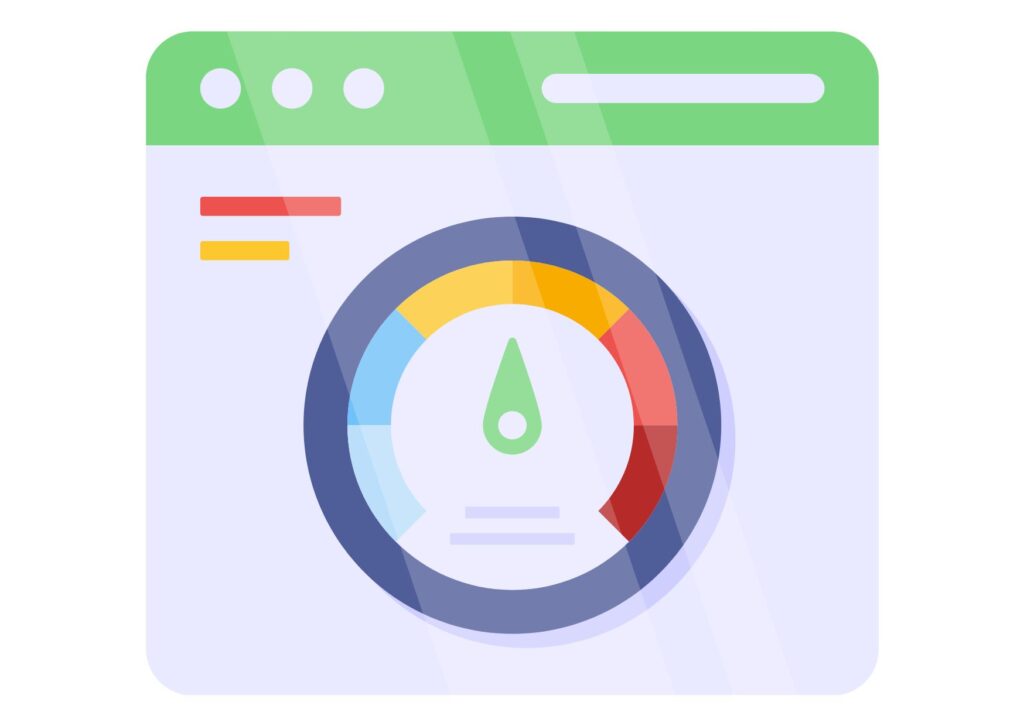In today’s dynamic online world, the loading speed of a website plays a crucial role in shaping the user experience. Visitor satisfaction depends not only on the content but also on the smoothness and efficiency with which the site responds to their interactions. In this article, we will delve into why page speed is so important, how it impacts users, and what optimization techniques can be applied.

Why does page speed matter?
1. User’s first impression
The first impression of a website is formed within a few seconds. The loading speed is a key element of this initial contact, determining whether the user will stay on the site or abandon the interaction.
2. Impact on user retention
Pages with fast loading times have a better chance of retaining users. The longer the loading time, the higher the likelihood that the user will abandon and choose a competing website.
3. SEO and search engine ranking
Search engine algorithms, such as Google’s, consider page speed when determining search result rankings. Fast pages have a better chance of higher positions, translating to increased visibility.
4. User experience on mobile devices
In the era of mobile devices, speed becomes even more critical. Users expect pages to be as effective on smartphones as on desktop computers. Therefore, responsiveness and speed are crucial factors for the satisfaction of mobile users.
Optimization techniques
1. Optimizing graphics and multimedia
Large graphic and multimedia files are often the main source of delays. Compressing images, choosing the right file formats, and using optimization tools can significantly speed up page loading.
2. Code minimization and compression
The site’s code should be optimized for size. Minimizing and compressing source code speeds up the loading process. Developer tools and specialized applications can help identify and improve areas of code that need optimization.
3. Using caching
Caching mechanisms allow storing copies of previously loaded pages or their fragments. This significantly reduces loading time for users returning to the site.
4. Content delivery network (CDN)
CDN involves distributing a site’s content across multiple servers worldwide. Users connecting to the site retrieve content from the nearest server, speeding up loading times.
5. Monitoring and analysis
Regularly monitoring a site’s performance using traffic analysis tools allows for the quick identification of areas that require optimization. This enables effective responses to potential issues.
Conclusion
Page loading speed is not only a technical matter but a crucial element influencing user satisfaction and experience. Website optimization should be an ongoing process, and implementing the right techniques not only satisfies users but also impacts search result rankings and success in today’s competitive online world.
Let’s Build Something Great
Ready to discuss your project or potential partnership?
